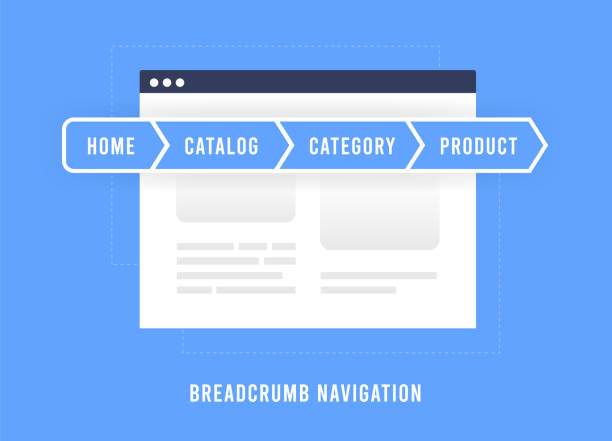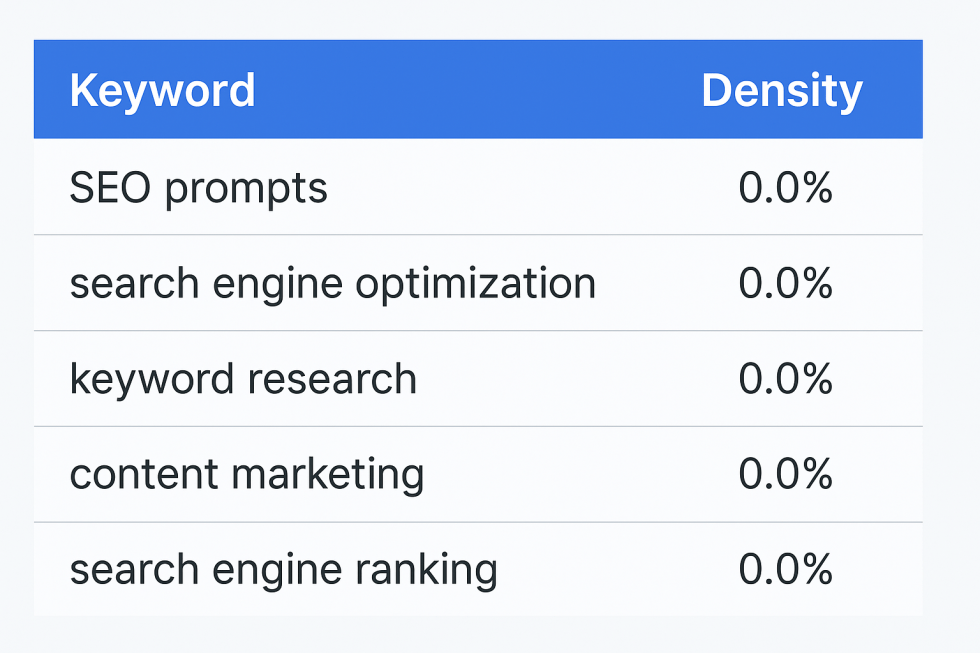
In the vast sea of online content, navigation is key to enhancing user experience and optimizing site functionality. One of the most effective tools for ensuring seamless navigation is the use of website breadcrumbs. These visual navigation aids not only help users understand their location within a website's hierarchy but also provide an easy path back to previous pages. In this article, we will delve into the concept of breadcrumbs, their importance in website navigation, and best practices for implementing them effectively.
<
p class="ql-block">Breadcrumbs are a type of navigational aid that appears at the top of a website's page. They allow users to see their current position within the site's structure, usually presented in a horizontal list with links. The term “breadcrumbs†comes from the fairy tale of Hansel and Gretel, where the main characters left a trail of breadcrumbs to find their way back home. Similarly, website breadcrumbs create a trail for users as they explore a site.
Typically, website breadcrumbs follow a hierarchical structure. For example:
1. **Home > Category > Subcategory > Current Page**
In this structure, each segment is clickable, enabling users to easily navigate back to higher-level pages without having to use the browser's back button. Breadcrumbs are particularly beneficial for websites with extensive content, as they help users orient themselves and reduce the likelihood of getting lost in a labyrinth of links.
Breadcrumbs play a crucial role in improving user experience for several reasons:
-
- - **Visibility of Location**: Users can quickly identify where they are within the site, making navigation intuitive.
- - **Ease of Navigation**: They provide an alternative to backtracking, allowing users to jump between various content levels with a single click.
- - **Reduced Frustration**: By offering clear pathways, breadcrumbs minimize the chances of users becoming overwhelmed or lost, leading to reduced bounce rates.
(https://bkthemes.design/seo)" _builder_version="4.27.3" _module_preset="default" title_level="h3" custom_padding="||10px||false|false" text_shadow_style="preset1" global_colors_info="{}"]
Apart from user experience, breadcrumbs can also positively impact [SEO](https://bkthemes.design/seo)-1/">search engine optimization ([SEO](https://bkthemes.design/seo)):
-
- - **Structured Data**: Search engines like [Google](https://google.com) can understand a site's structure better when breadcrumbs are present, potentially improving site indexing.
-
- Enhanced Snippets: Breadcrumbs can appear in search engine results, providing users with a clear understanding of a site's hierarchy before they even click through.
-
- Educational websites offering various courses and resources
-
- Blogs with numerous posts organized by topic or tags
-
 Search bars
-
 Sidebars with related content or categories
Breadcrumbs are especially useful for websites with extensive and hierarchical content, such as:
-
- - E-commerce websites with numerous product categories and subcategories
While breadcrumbs are helpful, they work best when used in conjunction with other navigation tools, such as:
<
p class="ql-block">
-
- Â Mega menus
To maximize the effectiveness of breadcrumbs, consider the following best practices:
In conclusion, website breadcrumbs are a powerful tool for enhancing navigation, improving user experience, and optimizing SEO. By offering a clear and intuitive way for users to orient themselves within a website's content, breadcrumbs empower visitors to explore more deeply without feeling disoriented. To harness their full potential, it is essential to follow best practices during implementation. As online content continues to grow, effective navigation tools like breadcrumbs will remain crucial in maintaining user engagement and satisfaction.
📧 Stay Updated
Get the latest web development tips and insights delivered to your inbox.




